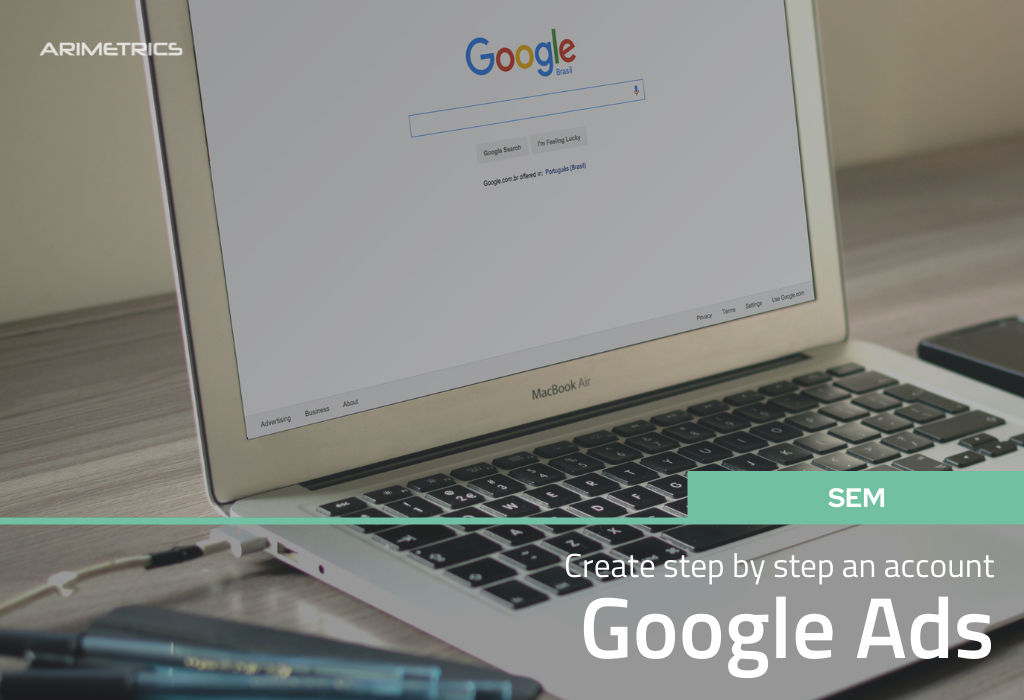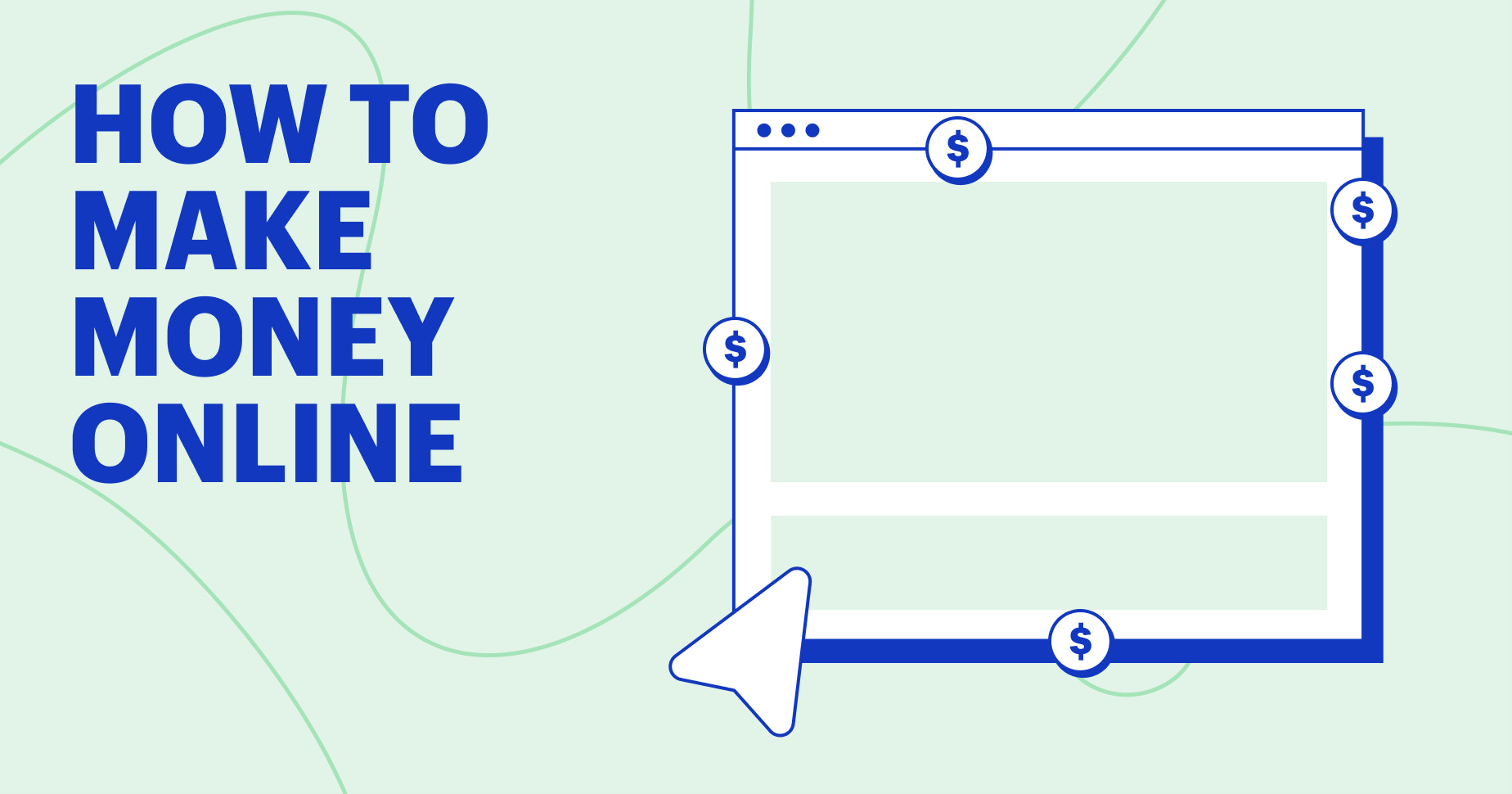
Google Ads is a term you might have heard of. But what exactly are they? They're a powerful way of advertising on the search engine. Google receives 86% of search results. Google also hosts 63,000 searches every second. These ads can result in profitable clicks to your business. Google ads can bring in $2 per dollar for businesses. Google ads also have the advantage of not having to compete in organic searches. Instead, you can compete for a top spot in the SERPs to give your business instant visibility.
Pay-per-click
Your ads' quality can have a major impact on your Pay-per Click in Google Ads results. Google uses a metric called the Quality Score to determine whether your ads are relevant to a user's query. It also considers your landing page experience and how relevant your keywords are. The higher your Quality Score, the more likely it is that your ads will appear in a high-ranking Google position.

Display network
Display Network: This is a subset Google Ads that appears on third-party apps and websites. These websites allow Google to use their ad space for a fee. These ads can be a great way to increase brand awareness. These ads may appear in your Gmail inbox or in apps.
Search network
Google advertising is all about targeting users who have high purchase intent. Google can show ads to those who are most likely buy a product or service by using long-tail keywords. These people will click on ads if they have done their research and compared other options. Additionally, advertisers only pay when their ad is clicked.
Qualitative score
The Google Ads Quality Score will determine the rank of your ad within search results. The score is based on a number of factors, including your ad's quality and keyword selection. It also looks at how relevant your site to the keywords you bid for. Relevancy is a key factor in determining the Quality Score, as an irrelevant site will likely lead visitors away. A badly designed landing page is another factor that can lower your quality score.
Targeting audience
There are a few tips to remember when targeting your audience with Google ads. First, be sure to select the right type of audience for your ads. There are several ways to do so, including selecting an audience based upon geography or interests. Once you have chosen an audience, you can then add it to your ad group or campaign.

Prices
Google Ads is an effective tool for driving targeted traffic to your website. This tool lets you target your audience and limit your budget to reduce costs. This tool also rewards high-quality ads, and improves their placement. Google Ads allows you to target users by device and geo-location, giving you complete control over your campaign budget.
FAQ
What is the cost of advertising on social media?
Social media advertising is expensive if you choose to take this route. You will be charged monthly depending on your time on each platform.
Facebook - $0.10 Per 1,000 Impressions
Twitter: $0.20 per 1,000 impressions (if your tweet is on Twitter)
Linkedin - $0.30 per 1,000 impressions if you send out invitations
Instagram - $0.50 for 1,000 impressions
Snapchat - $0.60 Per 1,000 Impressions ($0.40 per User)
YouTube – $0.25 per 1000 views
Tumblr: $0.15 per 1,000 impressions of text posts
Pinterest - $0.05 per 1,000 impressions per month
Google + $0.15-$0.20 for 1,000,000 impressions
Tumblr $0.15- $0.20 for 100,000 impressions
Vimeo – $0.20- $0.25 Per 10,000 Impressions
Soundcloud: $0.20-$0.25 Per 1 Million Plays
StumbleUpon - $0.20 -$0.25 per 1 billion pageviews
Digg - $0.20- $0.25 for 1000 diggs
Reddit - $0.20-$0.25 per 1000 comments
Wordpress – $0.20--$0.25 Per 500 Comments
Flickr - $0.20 -- $0.25 per 5,000 photo uploads
Radio advertising: What are your options?
It is important to understand the interdependence of different media types. The most important thing to remember is that all forms of media are complementary rather than competitive.
Radio is best used as an extension of television advertising. It can reinforce key messages and provide additional information.
For radio listeners, TV commercials can often be too long. Radio ads are often shorter and cheaper.
What is advertising's basic purpose?
Advertising isn’t about selling products.
Advertising is about communicating your ideas and values to people who already care about what you have to say. It's about changing people's attitudes. It's about building trust.
It's about helping people feel good about themselves.
However, if your customers don't want what you have to offer, you won't be able to sell anything.
It is essential to first understand the needs and purchasing habits of your customer before you embark on any advertising project.
Then you can design ads that will resonate with them.
What is branding?
Your brand is the way you express who you are and what your stand for. It is how people remember your name.
Branding refers to creating a brand that is memorable for your company. Branding is more than a logo. It encompasses everything, from the physical appearance of your company to the voice and tone used by your employees.
A strong brand makes customers feel more confident about buying from you. It gives customers confidence when choosing your products over the ones of other competitors.
Apple is a prime example of a company with a strong brand. Apple's brand is well-known for its stylish design, high-quality products and outstanding customer support.
Apple's name has become synonymous for technology. People think of Apple whenever they see a computer or smartphone.
It is a good idea to create a brand prior to starting a new company. This will give your business a personality and face.
What are the basics of print advertising?
Print advertising is a good medium to communicate effectively with consumers. Print advertising is used by many companies to promote their products and services. Its main purpose is to grab the attention of consumers.
Print ads are usually short (one page) and contain text, pictures, logos, and other graphics. They can also include sound and animation as well video and hyperlinks.
Here are the main types and classifications of print advertising:
1. Brochures - Large format printed brochures are used to draw people in to stores. Brochures often feature eye-catching designs and colorful photos.
2. Catalogues: These are smaller versions or brochures. These are typically sent to customers who ask for specific information.
3. Flyers are small pieces or paper distributed at events such concerts and fairs. These flyers are usually free, but they must be purchased if given to retail outlets.
4. Posters - These flyers can be larger than the ones you see on the flyer. They are often displayed on walls, fences, or buildings. These are often created with computer software programs to grab the attention of passersby.
5. Direct mail: These are postcards or letters that are sent directly by post to potential customers. These cards are sent by companies periodically to remind their customers about their company.
6. Newspaper Ads - These advertisements are found in newspapers and magazines. They can be quite lengthy and often include text as well as images.
What is affiliate marketing?
Affiliate marketing is an online business model where you earn commissions by referring customers to products and services sold on other websites. When someone purchases from you, the product owner will pay you.
Affiliate marketing is built on referrals. For people to purchase from your site, they don't need anything extra. Refer them to the website.
You can make money without doing any hard selling at all. Selling is as easy as buying.
In minutes, you can also set up an affiliate account.
The more you refer people, the more you'll receive commission.
There are 2 types of affiliates.
-
Affiliates who have their own websites
-
Affiliates that work for companies offering products and services.
What is an advertisement buyer?
Advertising space is purchased by an advertiser on TV, radio and printed media.
Advertisers pay only for the time their message is to appear.
They don't necessarily seek the best ad; they want to reach their target markets with the most effective ad.
An advertiser might have details about potential customers, including their age, gender and income.
This data can be used by the advertiser to decide which media is most effective for them. Direct mail might be more effective with older customers, for example.
Advertisers also consider the competition. Advertisers may decide to place their ads in close proximity to similar businesses.
Advertisers also need to consider their budget size and how long they will spend it before it expires.
Statistics
- Advertising spending as a share of GDP was about 2.9 percent. (en.wikipedia.org)
- This means that at least 50% of an ad needs to be shown on the screen for at least one second. (quicksprout.com)
- It collects money from the advertisers, keeps 32% for its role in facilitating the process, and the remaining 68% goes to the publisher (you). (quicksprout.com)
- In 1919 it was 2.5 percent of gross domestic product (GDP) in the US, and it averaged 2.2 percent of GDP between then and at least 2007, though it may have declined dramatically since the Great Recession. (en.wikipedia.org)
External Links
How To
How to place sponsored ads on Facebook
Facebook is one of most-used social networking sites. According to estimates, there are 1.79 million active monthly users around the world. The number keeps growing every day.
Facebook is completely free. However you can pay to reach specific audiences. Paid advertising options include promoted posts and banners.
Log in to your existing application if you have one. Or click "Create New App." These are the steps to follow:
-
Under the Apps section, click "Add Platform".
-
Click Next, and select Advertising.
-
Complete the form, and then submit it.
-
After approval you will receive a ClientID and Secret key. Copy them.
-
and paste the keys into the appropriate fields.
-
Type the campaign name and choose the currency.
-
Click "Start Campaign".
-
Follow the instructions until you see the first banner. Copy the URL, then go back to your Facebook profile.
-
Paste the code into the box provided by Facebook.
-
Click "Save Changes".
-
Your ad should now be live!
-
For each additional banner that you wish to make, repeat steps 10-12.
-
Once you are done, click "Continue", and continue with the process.
-
Create your final ad group.
-
To view all your campaigns, click on the "View All Ads” button once you have completed.
-
Click the "Remove Advertisements" button next to any ad.
-
If you don’t see results after running your campaigns, ensure that you followed all the directions.
-
You can check the date range for your campaign.
-
It is important to budget properly.
-
Keep your changes safe.
-
Before you click "Submit", please review the settings.
-
Allow your ads to appear on the timeline.
-
Congratulations for a job done well!
-
Let's now examine some tips to help improve your results.